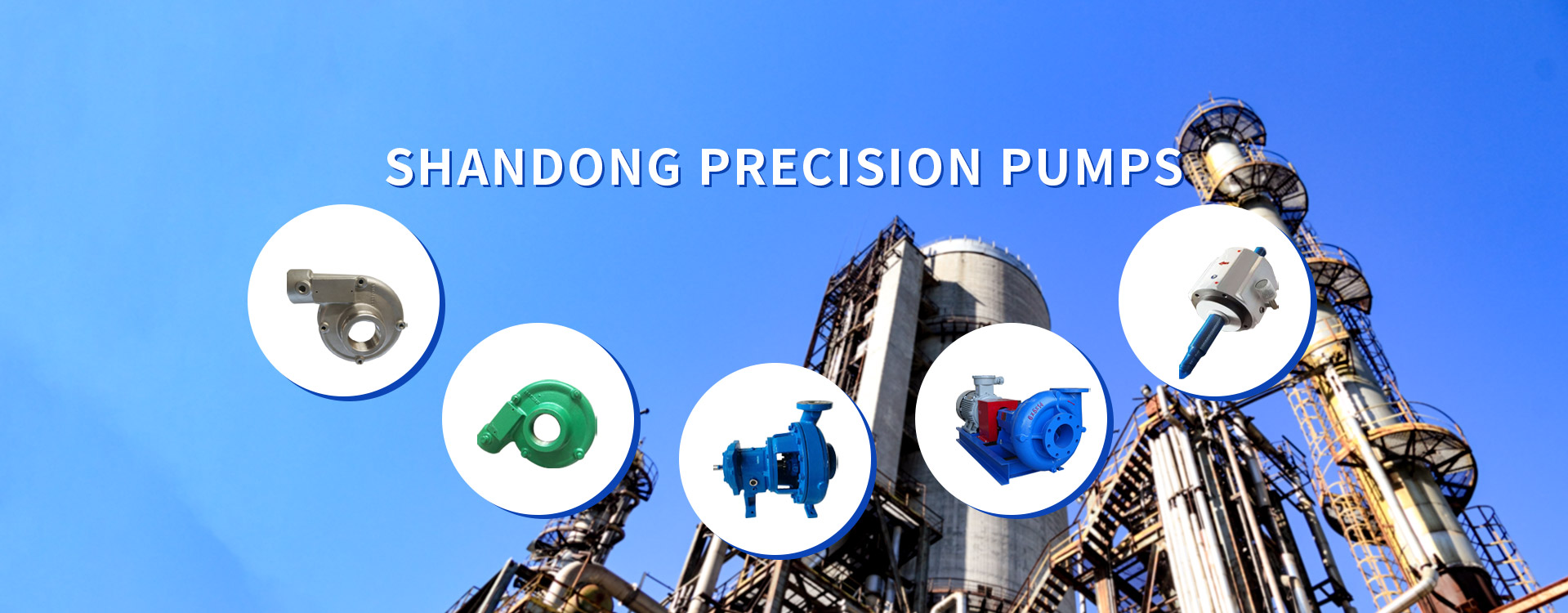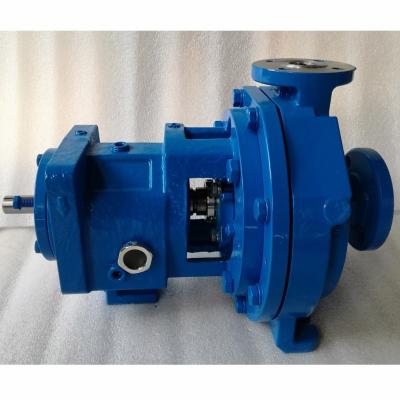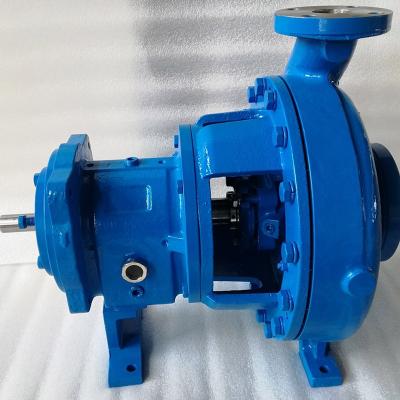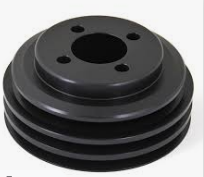Key Points of Vacuum Pump Selection
1. Does the vibration generated when the vacuum pump works have any influence on the process and environment? If the process is not allowed, choose a pump without vibration or take anti-vibration measures.
2. Understand the composition of the pumped gas, whether the gas contains condensable vapor, whether there is particulate dust, whether there is corrosiveness, etc. When choosing a vacuum pump, you need to know the gas composition, and select the corresponding pump for the pumped gas. If the gas contains steam, particles and corrosive gases, it should be considered to install auxiliary equipment, such as condensers and dust collectors, on the air inlet pipeline of the pump.
3. Under its working pressure, the vacuum pump should be able to exhaust all the gases produced in the process of vacuum equipment.
4. Combine vacuum pumps correctly. Because of the selective pumping of vacuum pumps, sometimes one pump can not meet the pumping requirements, and several pumps need to be combined to complement each other to meet the pumping requirements. For example, the titanium sublimation pump has a high pumping speed for hydrogen, but it can't pump helium, while the tripolar sputtering ion pump (or the dipolar asymmetric cathode sputtering ion pump) has a certain pumping speed for argon. If the two pumps are combined, the vacuum device will get a better vacuum degree. In addition, some vacuum pumps can't work at atmospheric pressure and need pre-vacuum; Some vacuum pumps have lower outlet pressure than atmospheric pressure, so they all need to be combined.
5. Requirements of vacuum equipment for oil pollution. If the equipment is strictly oil-free, various oil-free pumps should be selected, such as water ring pump, molecular sieve adsorption pump, sputtering ion pump, cryogenic pump, etc. If the requirements are not strict, oil pump can be selected, and some oil pollution prevention measures, such as adding cold trap, baffle and oil trap, can also meet the requirements of clean vacuum.




